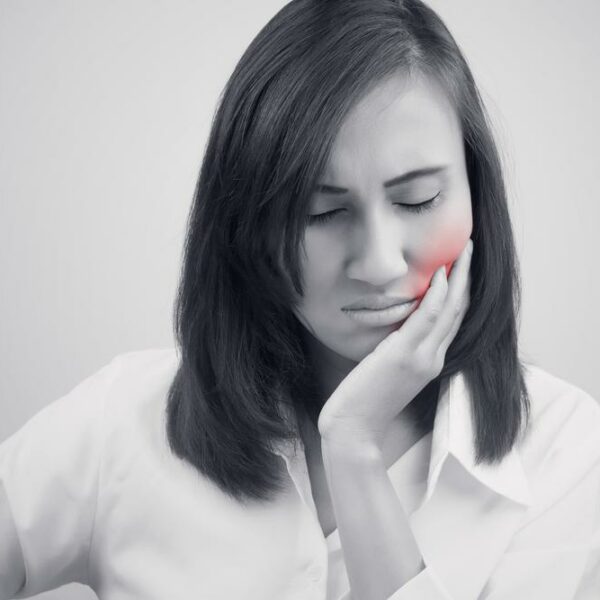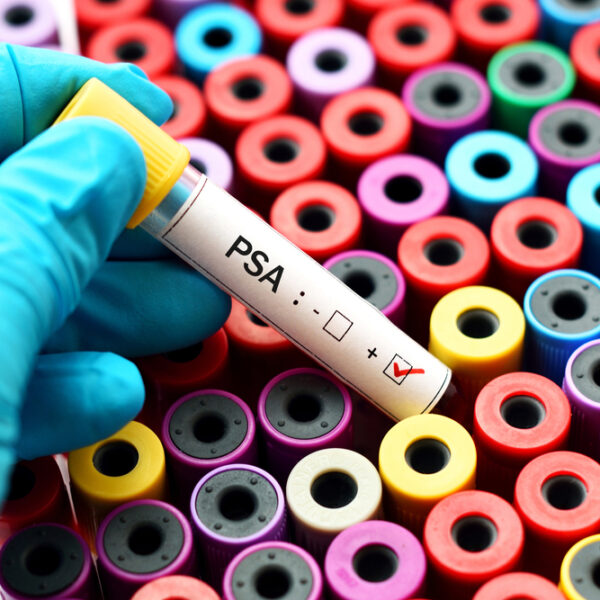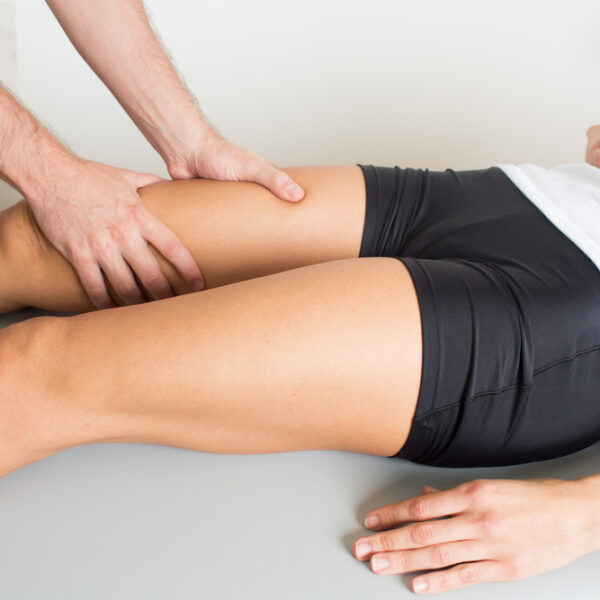
Tips To Determine The Best Medicare Supplemental Plans
Tips to determine the best Medicare Supplemental Plans It is not ideal to get a Medicare Supplemental Plan without understanding what you are getting yourself into. Additionally, you must already be enrolled in Medicare Part A and B to be eligible to join Medicare Supplemental plans. Some points to help you determine whether Medigap plans are for you or not include, you visit your doctor frequently for health concerns and get hospitalized more often than you would prefer; you don’t want to pay all the out-of-pocket costs that the original Medicare does not cover; you travel to different parts of the country and want to receive treatment wherever you are, if required; and you want the liberty to get treated from any hospital and doctor in the country. If you already have a Medicare Advantage Plan then it may not be a wise decision to get supplemental Medicare. Also, if your employer provides enough coverage for your medical bills, then you might not require a supplemental Medicare plan. What is the easiest way to choose the best Medicare Supplemental plan? You can only choose between options when you are aware of the different plans available. It would be best if you can check Medicare’s official website and take a look at all the plans there.









